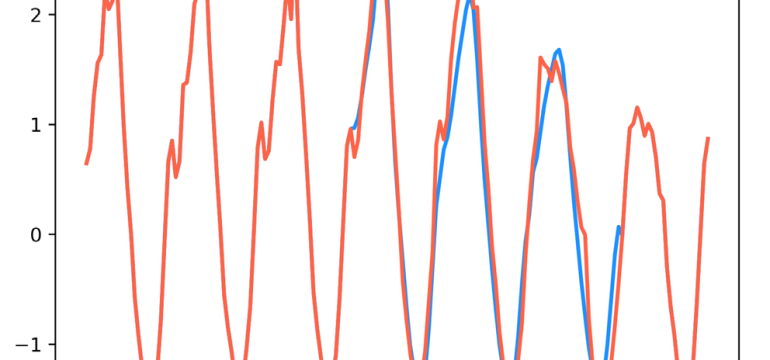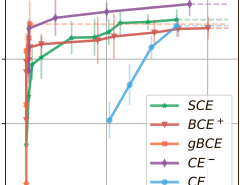Authors: Yong Liu, Haoran Zhang, Chenyu Li, Xiangdong Huang, Jianmin Wang, Mingsheng Long
Published on: February 04, 2024
Impact Score: 8.22
Arxiv code: Arxiv:2402.02368
Summary
- What is new: Early development of large time series models (LTSM) using GPT-style architecture, pre-trained on large-scale datasets.
- Why this is important: Deep models face performance bottlenecks in small-sample scenarios in time series analysis, and the absence of large models that can handle these with advanced generalization and scalability.
- What the research proposes: A Time Series Transformer (Timer), a LTSM with GPT-style architecture that’s pre-trained on datasets up to 1 billion time points. It’s designed to handle forecasting, imputation, and anomaly detection by converting these into a unified generative task.
- Results: Timer, when fine-tuned, showed promising abilities in diverse application needs over traditional models.
Technical Details
Technological frameworks used: GPT-style architecture for LTSMs
Models used: Time Series Transformer (Timer)
Data used: Curated large-scale datasets with up to 1 billion time points
Potential Impact
Companies in finance, healthcare, and retail that rely on time series forecasting and analysis could see significant benefits or disruption from the adoption of LTSM technologies like Timer.
Want to implement this idea in a business?
We have generated a startup concept here: TimerAI.



Leave a Reply